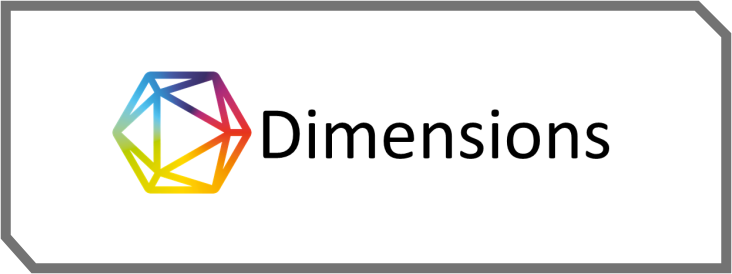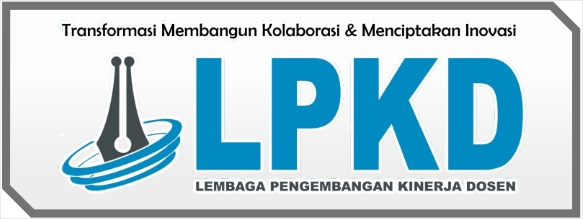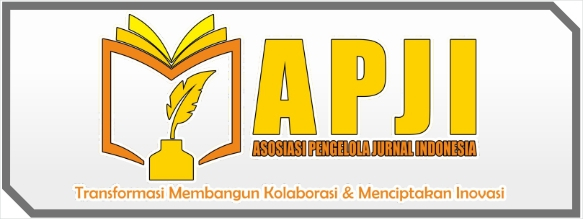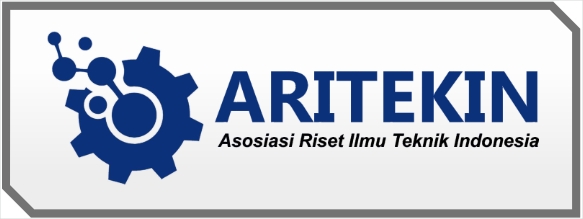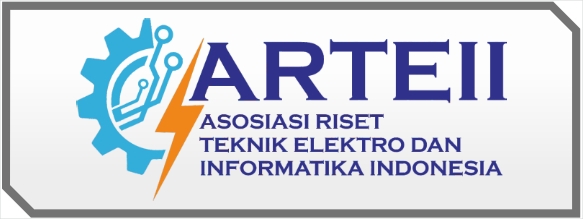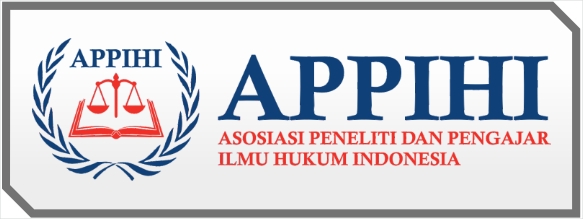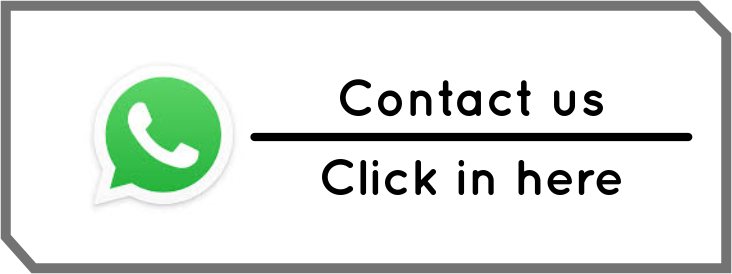Alih Kode Dan Campur Kode Dalam Proses Pembelajaran Di SD Sekolah Dasar Swasta Gereja Kristen Protestan Simalungun
(Kajian sosiolinguistik)
DOI:
https://doi.org/10.59581/jmk-widyakarya.v2i1.2614Keywords:
Code Experts and Code Mixing, Elementary School Learning Process, at the Simalungun Protestant Christian Church.Abstract
Code switching and code mixing often occur in different conversations in society, code switching and code mixing can occur at all levels of society, a person's social status cannot prevent code switching or code mixing from occurring, this is often called multilingualism. This qualitative descriptive research was conducted in the fourth grade learning process at the Simalungun Protestant Christian Church Elementary School with the aims of 1) describing the types of code switching applied by teachers in the learning process; 2) describe the types of code mixing carried out by teachers in the learning process; 3) describe the factors that cause teachers and students to exchange codes; and 4) describe the factors that cause teachers and students to mix code.The methods used are observation and interviews. The results of this research indicate that in the fourth grade Simalungun Protestant Christian Church Elementary School, code switching occurred in the form of internal code switching. Internal code changes include code changes from Indonesia to Simalungun and Simalungun code changes to Indonesia. The form of coding codes in the Simalungun Regency Christian Church Elementary School class IV consists of additional word codes, phrase codes and sentence codes. The factors causing code mixing are (1) explaining something, (2) creating familiarity, and (3) situations and conditions
References
Chaer, Abdul.2014. Linguistik Umum. Jakarta: Rineka Ciptan
Chaer, Abdul dan Leonie Agustina. 2010. Sosiolinguistik: Perkenalan Awal. Jakarta: Rineka Cipta.
Chimombo, Moira. 2011.”A Study of Code-Mixing in BilingualLanguage Acquisition. Eric Journal, Vol 23, 1-2
Ekka Bintara, F., & Saddhono, K. (2017). Alih Kode Dan Campur Kode Dalam Pembelajaran di Sekolah Menengah Pertama Kabupaten Gunung Kidul.Sastra Indonesia Dan Pengajarannya.
Indrayani, Nanik. 2017. Penggunaan Campur Kode dan Alih Kode dalam Proses Pembelajaran di SMPN Ubung Pulau Buru. Jurnal Ilmiah Kebahasaan dan Kesastraan TOTOBUANG.
Kridalaksana. 2009. Pembentukan Kata dalam Bahasa Indonesia. Jakarta: Gramedia Pustaka Utama.
Macaro, Ernesto; Nakatani, Yasuo; Hayashi, Yuko; Khabbazbashi, Nahal.2014. “Exploring the Value of Bilingual Language Assistants with Japanese English as a Foreign Language Learners: Language Learning Journal International.”Eric Journal, Vol 42, 41-54
Nababan, P.W.J. 1984. Sosiolinguistik Suatu Pengantar. Jakarta. PT. Gramedia. Pranowo. 2014. Teori Belajar Bahasa. Yogyakarta: Pustaka Pelajar.
Rulyandi, Rohmadi, M., & Suli styo, E. T. (2014). Alih Kode dan Campur Kode dalam Pembelajaran Bahasa Indonesia di SMA. Jurnal Paedagogia.
Susmita, N. (2015). Alih Kodedan Campur Kode dalam Pembelajaran Bahasa Indonesia di Smp Negeri 12 Kerinci. Jurnal Penelitian Jambi Seri Humaniora.
Wijana, Dewa Putu dan Muhammad Rohmadi. 2006. Sosiolinguistik Kajian Teori dan Analisis. Yogyakarta: Pustaka Pelajar.






